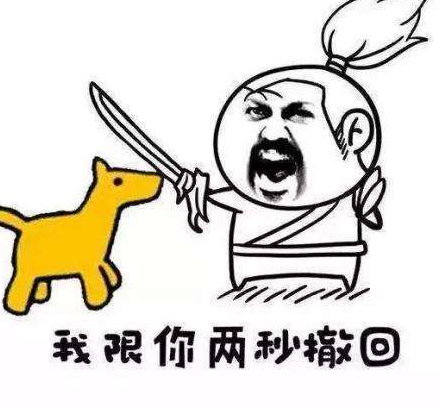-
整型
-
浮点型
-
字符串
-
字典
-
元组
-
列表
-
集合
-
布尔 collections模块:
-
-
-
提供一些python八大数据类型 “以外的数据类型”
-
具名元组: 具名元组 只是一个名字。 应用场景:
-
坐标 -
from collections import namedtuple
-
-
有序字典:
-
python中字典默认是无序
-
collections中提供了有序的字典
-
-
# 具名元组 from collections import namedtuple # 传入可迭代对象是有序的 # 应用:坐标 # 将'坐标'变成 “对象” 的名字 point = namedtuple('坐标', ['x', 'y']) # 第二个参数既可以传可迭代对象 point = namedtuple('坐标', ('x', 'y')) # 第二个参数既可以传可迭代对象 point = namedtuple('坐标', 'x y') # 第二个参数既可以传可迭代对象 # 会将 1 ---> x, 2 ---> y # 传参的个数,要与namedtuple第二个参数的个数一一对应 p = point(1, 3) # 本质上传了4个,面向对象讲解 print(p) print(type(p)) # 扑克牌: # 获取扑克牌对象 card = namedtuple('扑克牌', ['color', 'number']) # # # 由扑克牌对象产生一张 扑克牌 red_A = card('♥', 'A') print(red_A) black_K = card('♠', 'K') print(black_K) # 演员的信息 p = namedtuple('dao国', 'city movie_type name') jason_and_dabing = p('大阪', 'action', 'C老师') print(jason_and_dabing) # 有序字典 # python默认无序字典 dic = dict({'x': 1, 'y': 2, 'z': 3}) print(dic) print(type(dic)) for line in dic: print(line) from collections import OrderedDict # 有序字典 order_dict = OrderedDict({'x': 1, 'y': 2, 'z': 3}) print(order_dict, '打印有序的字典') print(type(order_dict)) print(order_dict.get('y')) print(order_dict['y']) for line in order_dict: print(line)

